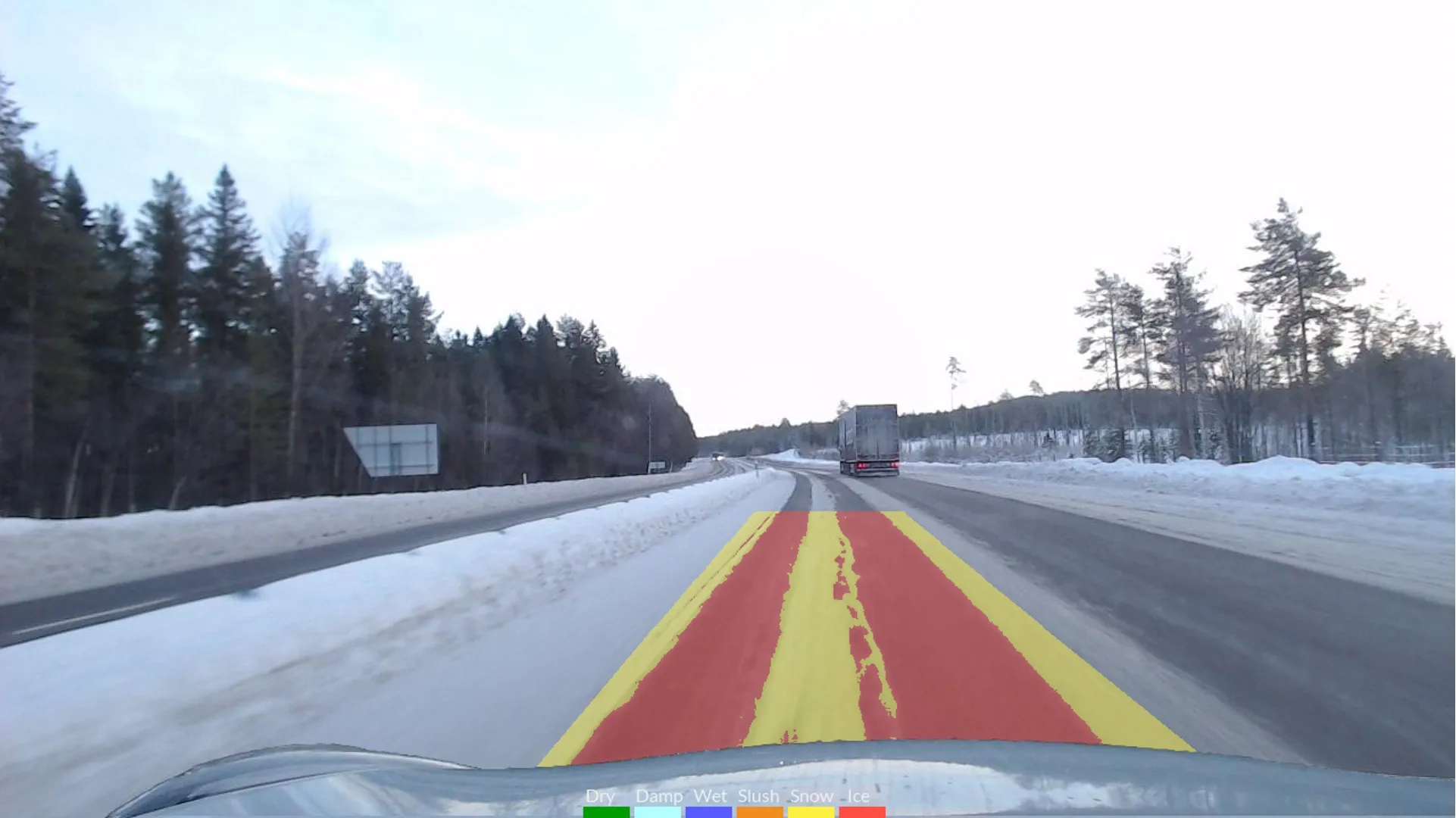
“The show has been very good for us so far,” said Ali Ruhi Alsancak, Ortana regional manager, Middle East, Asia and Africa. “We were placed third in the awards and had a lot of visitors to the stand.”
The Meteos 251 is a non-intrusive alternative to sub-surface sensors based on infrared technology. From its overhead mounting, it will monitor the road surface condition and measure water or snow depth.
“For the long-term, it is cheaper than traditional sensors buried in the asphalt,” said Alsancak. “Sensors in the asphalt can be affected by salt and snow removal can damage them as well. You avoid these kind of things when you move to this equipment.”
The firm is also showing off its range of Variable Message Signs, including its walk-in VMS technology. Ortana’s walk-in version – the first in the world to be EN12966 certified – is targeted at markets subject to extremes of heat and cold.
The walk-in variant enables maintenance staff to work on the sign protected from the weather.










